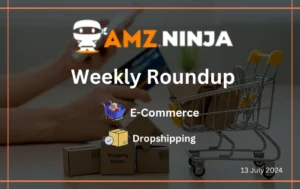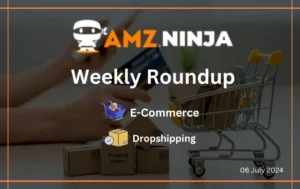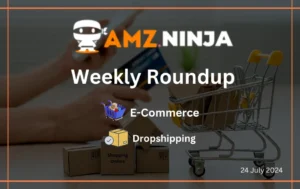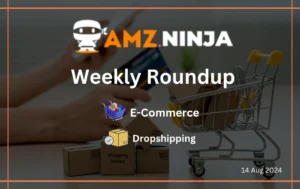
The landscape of ecommerce SEO is undergoing a significant transformation, driven by the rise of generative AI and the increasing sophistication of Google Shopping Graph. As online shopping continues to dominate the retail industry, businesses must adapt their SEO strategies to stay ahead of the curve. The future of ecommerce SEO lies in optimizing for the Shopping Graph, a powerful tool that connects users with products through specific search criteria.
What is the Google Shopping Graph?
The Google Shopping Graph is a semantic, machine learning-based database that contains extensive product information from various sources, including YouTube videos, manufacturer websites, online shops, and product reviews. It is the counterpart to Google's Knowledge Graph, organizing product data and their relationships in nodes and edges.
This vast dataset enables Google to deliver personalized product suggestions, real-time price comparisons, and up-to-date inventory information to users. By leveraging the Shopping Graph, businesses can increase their visibility and improve sales opportunities.
The Impact of Generative AI on Ecommerce SEO
Generative AI applications, such as AI Overviews, ChatGPT, and Copilot, are set to revolutionize the way users search for and discover products online. These tools make research more interactive, individualized, precise, and faster, reducing the need for multiple touchpoints to find and learn about products.
As a result, classic search results are likely to attract less organic traffic, with users increasingly being introduced to products through generative AI or large language models (LLMs). This shift necessitates a new approach to ecommerce SEO, focusing on optimizing for the Shopping Graph.
Key Strategies for Shopping Graph Optimization
To succeed in the era of Shopping Graph optimization, businesses must adapt their SEO strategies to align with the new reality of ecommerce. Some key takeaways include:
The Benefits of Shopping Graph Optimization
By embracing Shopping Graph optimization, businesses can reap numerous benefits, including:
- Higher visibility: Products will appear more prominently in search results and Google Shopping, ensuring businesses are not just participating but leading the pack.
- Enhanced customer experience: Shoppers will enjoy a personalized, streamlined experience with curated product recommendations, real-time information, and easy comparison tools, leading to higher engagement, decreased bounce rates, and increased conversions.
- Data-driven success: Businesses will gain deeper insights into customer behavior and preferences, allowing them to refine their strategies and maximize their return on investment.
- Future-proofing SEO: Adopting Shopping Graph optimization positions businesses to sustain in the evolving landscape of ecommerce SEO.
The future of ecommerce SEO is undeniably intertwined with the rise of generative AI and the sophistication of Google. As online shopping continues to evolve, businesses must adapt their strategies to stay ahead of the curve. By focusing on Shopping Graph optimization, leveraging data sources, and understanding user intent, businesses can enhance their visibility, improve customer experiences, and drive long-term success in the ever-changing world of ecommerce.







